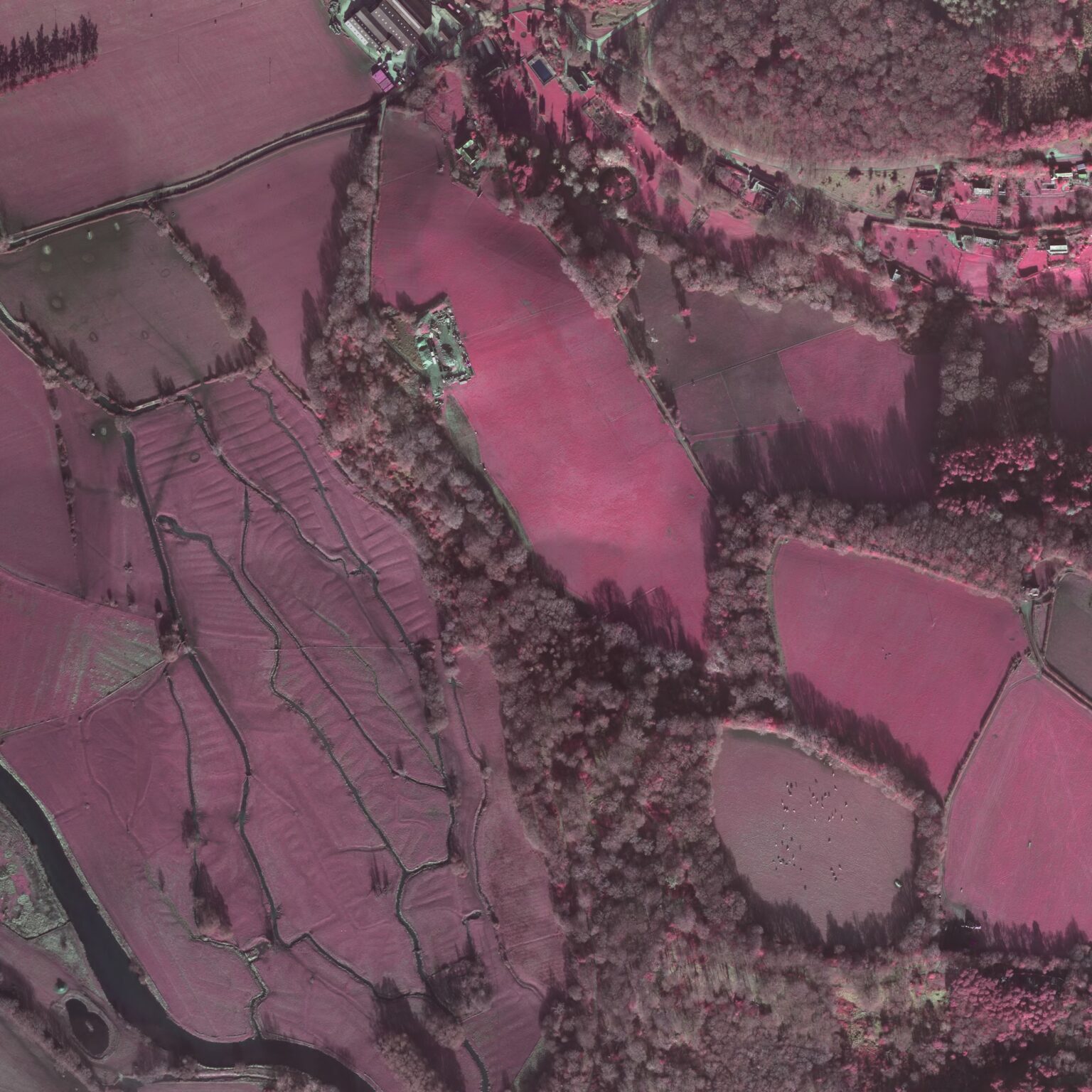Archiving
This is the last stage of one cycle of geophysical data usage, before they are re-evaluated and re-used in their next life-cycle. All geophysical data and associated and supporting information (for example including spatial references) are taken together and form the Archive. Relevant field notes and paper records can nowadays easily be converted to electronic documents and the Archive can therefore be entirely digital. This will be discussed in more detail in the rest of this Guide. If possible, keeping the paper records in a physical archive is a welcome additional backup in case of unforeseen data emergencies.
Archiving can be considered as the combination of creating the Archive and depositing it with an Archiving Body. In the simplest case the Archiving Body may be the geophysical contractor or academic researcher themselves but it could also be a dedicated and specialised archiving service like the ADS (Archaeology Data Service) or tDAR (the Digital Archaeological Record). Exactly what happens to the Archive depends on the Archiving Body and scenarios range from the extremely risky “DVD in a drawer” to distributed servers with ongoing refreshing and migration of files (see The archive and the archiving body), possibly making the data accessible online.
There is no point keeping data if they cannot be used again. Although this statement seems trivial, it has crucial consequences. Archiving is meaningless unless data files are made available in formats that can still be used in a few years time and are accompanied by documentation that allows them to be put in a meaningful archaeological context (e.g. describing how GPR transects were collected so that they can be assembled into time slices). Looking at one’s own data from one year ago is usually a good reminder why detailed documentation is essential. The creation of the necessary metadata and data documentation is covered in subsequent chapters.



